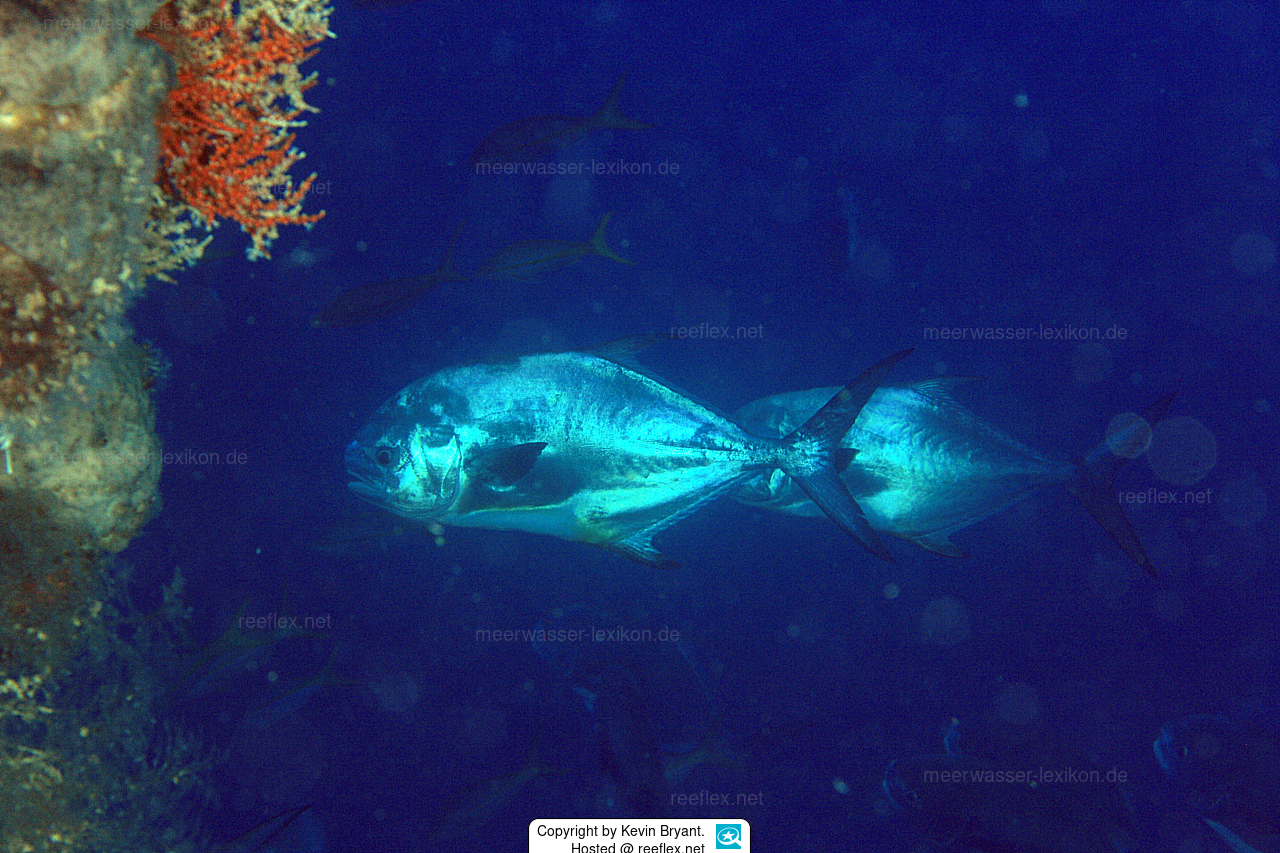Info
Trachinotus carolinus is silvery bluish-green above, white below; but there is no distinctive pattern.
This fast predator lives over shallow sandy bottoms of beaches, bays, and estuaries.
Adults occur in coastal waters, often in bays and estuaries, while juveniles congregate in water zones off sandy beaches exposed to wave action.
Adults are not found in island areas with coral habitats, forming small to large schools and hunting mollusks, crustaceans, and other invertebrates, as well as small fish.
Trachinotus carolinus is an excellent food fish, actually the most expensive marine food fish in the U.S.), it has been captive bred.
Juvenile fish leave beach habitats between 8 and 12 cm standard length (SL) when water temperature drops below 19 °C, they also use estuarine habitats
Trachinotus carolinus is a sought after sport fishing fish and is also displayed in public aquariums.
Synonyms:
Gasterosteus carolinus Linnaeus, 1766
Trachinotus pampanus Cuvier in Cuvier & Valenciennes, 1832
This fast predator lives over shallow sandy bottoms of beaches, bays, and estuaries.
Adults occur in coastal waters, often in bays and estuaries, while juveniles congregate in water zones off sandy beaches exposed to wave action.
Adults are not found in island areas with coral habitats, forming small to large schools and hunting mollusks, crustaceans, and other invertebrates, as well as small fish.
Trachinotus carolinus is an excellent food fish, actually the most expensive marine food fish in the U.S.), it has been captive bred.
Juvenile fish leave beach habitats between 8 and 12 cm standard length (SL) when water temperature drops below 19 °C, they also use estuarine habitats
Trachinotus carolinus is a sought after sport fishing fish and is also displayed in public aquariums.
Synonyms:
Gasterosteus carolinus Linnaeus, 1766
Trachinotus pampanus Cuvier in Cuvier & Valenciennes, 1832







 Kevin Bryant, USA
Kevin Bryant, USA













